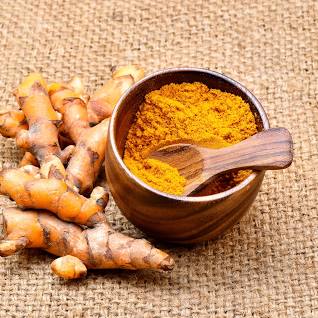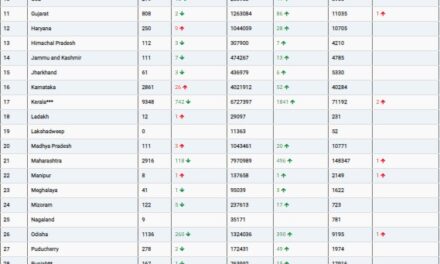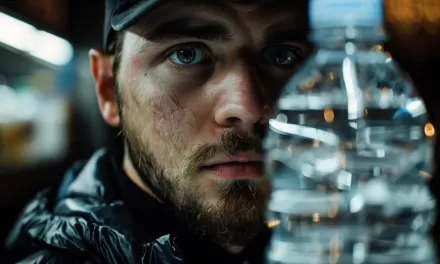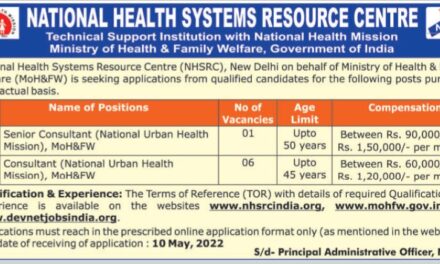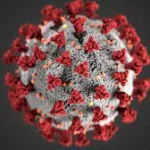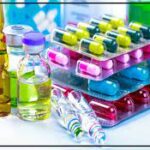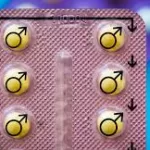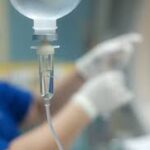A groundbreaking study has demonstrated that curcumin, the bioactive compound in turmeric, can help combat antibiotic-resistant bacteria when activated by light. Researchers found that this technique, known as photodynamic inactivation, not only reduces the number of antibiotic-resistant strains but also restores the efficacy of conventional antibiotics.
The findings, published in the journal Scientific Reports, offer a potential solution to the growing crisis of antibiotic resistance. Before the discovery of antibiotics, infectious diseases were the leading cause of death worldwide. Although antibiotics have significantly increased human lifespan, the emergence of drug-resistant bacteria, or superbugs, threatens to undo this progress. Deadly infections such as methicillin-resistant Staphylococcus aureus (MRSA) and vancomycin-resistant enterococcus are becoming harder to treat, and experts predict that antimicrobial resistance could cause up to 10 million deaths annually.
“When bacteria start becoming resistant to conventional antibiotics, we face what we call an antibiotic catastrophe,” said Dr. Vanderlei Bagnato, senior author of the study and a professor in the Department of Biomedical Engineering. “To overcome this challenge, we need alternative ways to either kill the superbugs or modify their natural processes so that antibiotics regain their effectiveness.”
Bacterial populations exhibit natural genetic variations, which can lead to differing responses to antibiotics. Some strains may survive and continue to replicate, exacerbating antibiotic resistance. To address this, researchers explored photodynamic inactivation, a technique that uses light-sensitive molecules, called photosensitizers, to generate reactive oxygen species. These molecules can disrupt bacterial metabolism and eliminate harmful microbes.
For their experiments, the research team used curcumin as a photosensitizer and tested it on Staphylococcus aureus strains resistant to common antibiotics such as amoxicillin, erythromycin, and gentamicin. The bacteria were exposed to multiple cycles of light activation, and researchers observed a significant reduction in antibiotic resistance.
“When we have a mixed population of bacteria where some are resistant, photodynamic inactivation helps narrow the bacterial distribution, making it easier to predict and administer the right antibiotic dose to eliminate the infection,” Bagnato explained.
The study highlights the potential for photodynamic inactivation using curcumin as an adjuvant therapy for antibiotic-resistant infections like pneumonia. According to Dr. Vladislav Yakovlev, a professor in the Department of Biomedical Engineering and co-author of the study, this approach could provide an affordable treatment option in both developing nations and advanced healthcare systems.
“Photodynamic inactivation offers a cost-effective treatment option, which is crucial for reducing medical expenses not only in developing countries but also in the United States,” said Yakovlev. “It also has potential applications in military medicine, where it could be used to treat battlefield wounds and prevent antimicrobial resistance from spreading in combat situations.”
The research team included Dr. Jennifer Soares, the primary author of the paper, and Dr. Kate Blanco from the Institute of Physics of São Carlos, University of São Paulo, Brazil. The study was supported by funding from institutions such as the São Paulo Research Foundation, the National Council for Scientific and Technological Development, the Cancer Prevention and Research Institute of Texas, the Governor’s University Research Initiative, the Air Force Office of Scientific Research, and the National Institutes of Health.
Disclaimer: This article is for informational purposes only and does not constitute medical advice. While the study provides promising insights into alternative treatments for antibiotic resistance, further clinical research is needed to establish the safety and efficacy of photodynamic inactivation using curcumin. Readers should consult healthcare professionals for medical concerns and treatment options.

